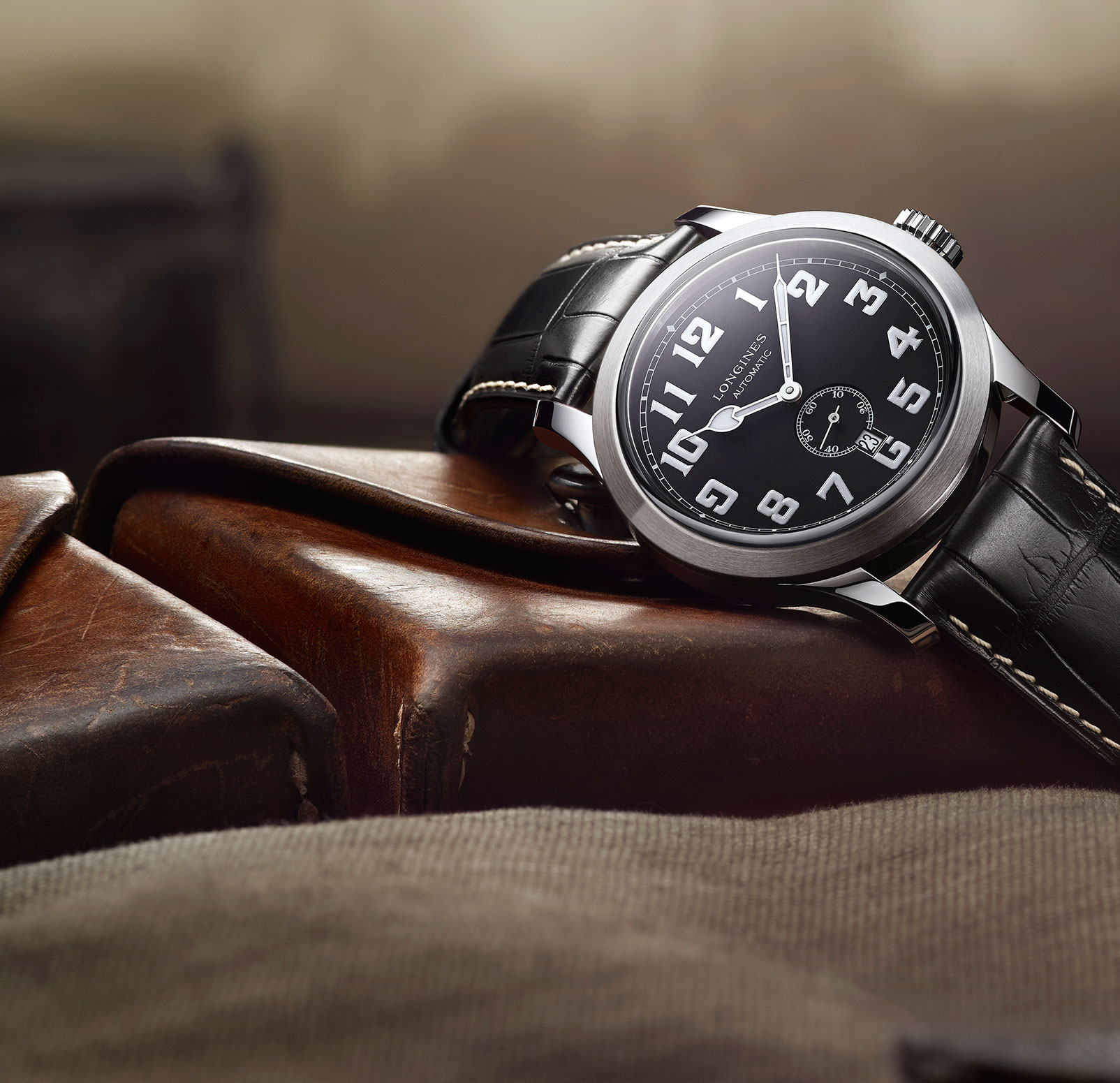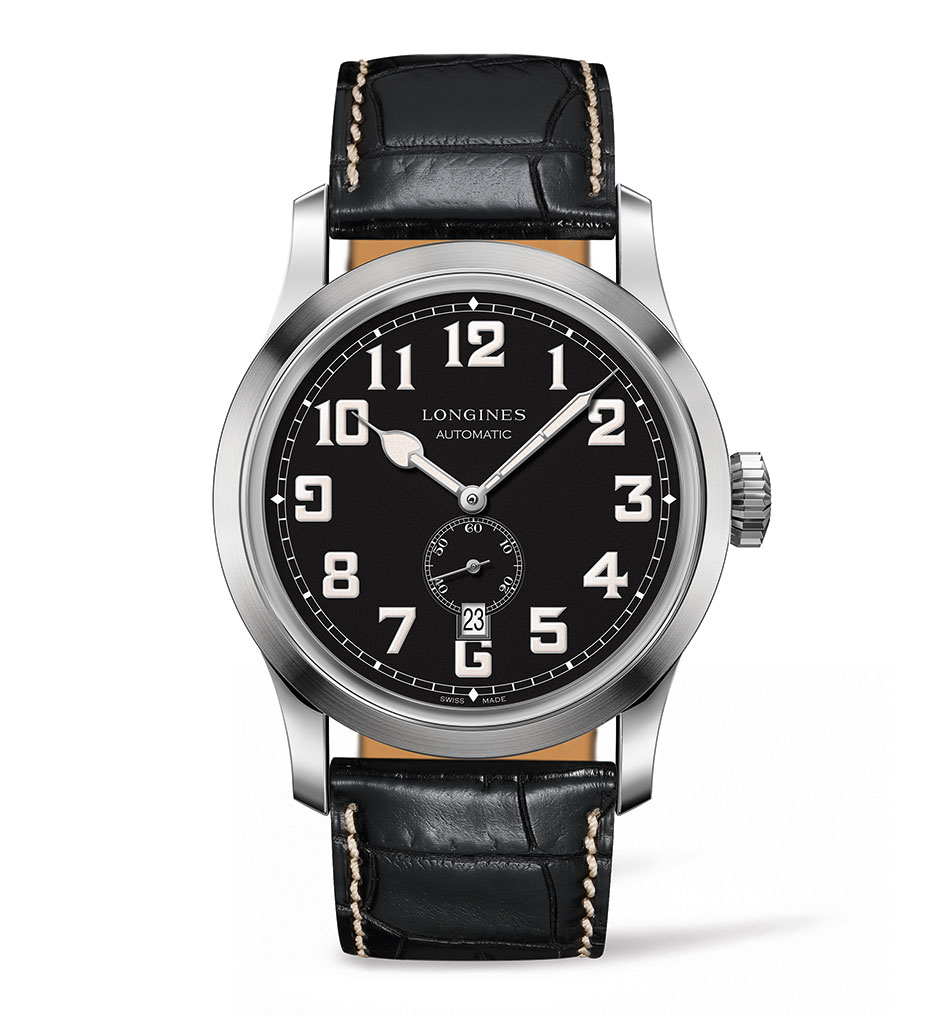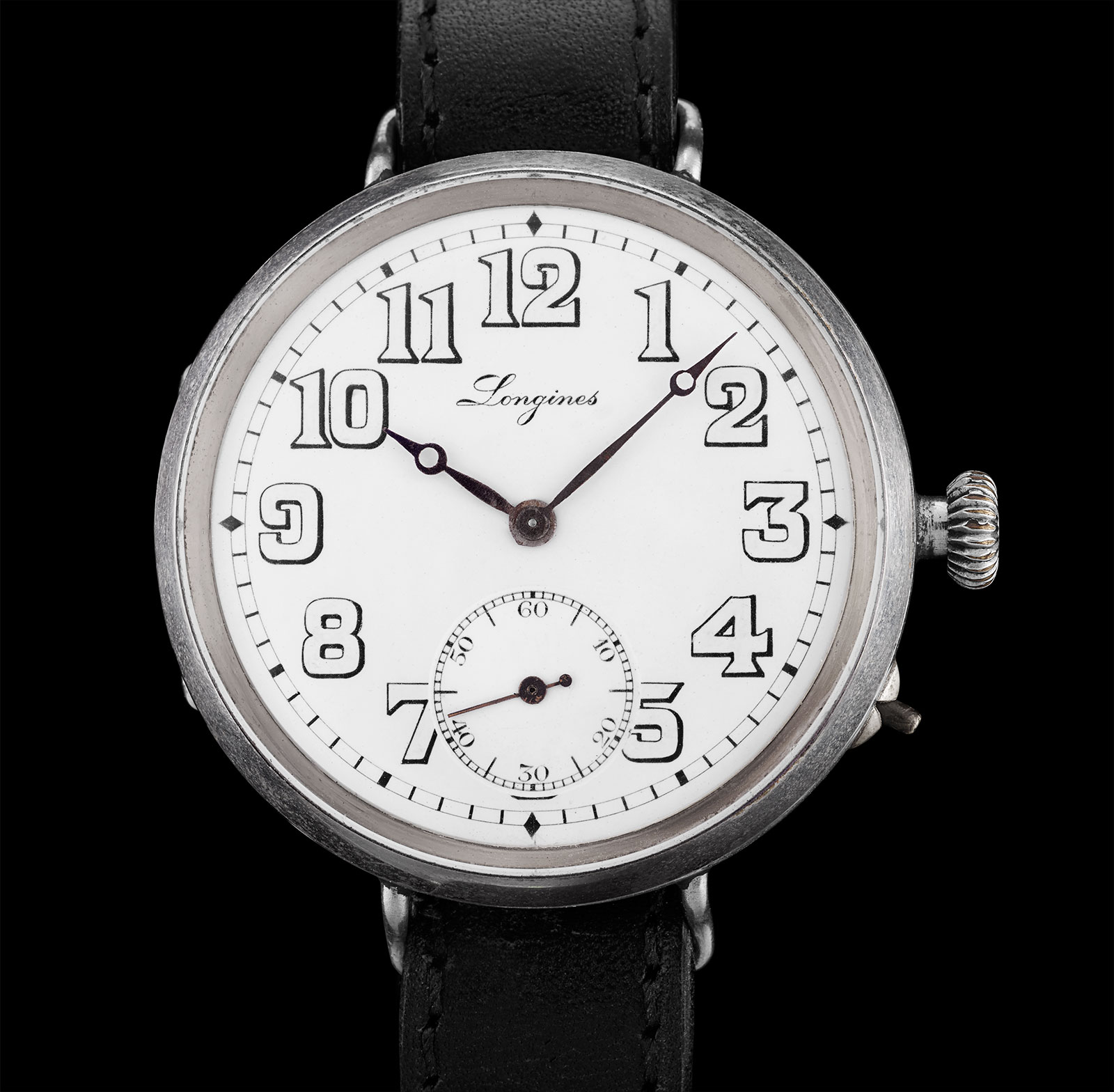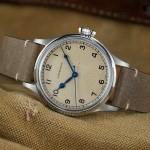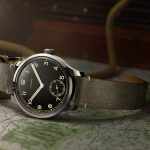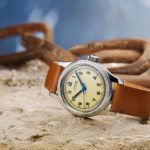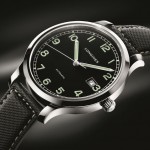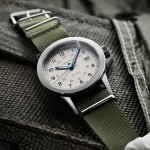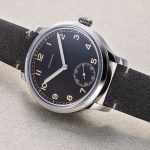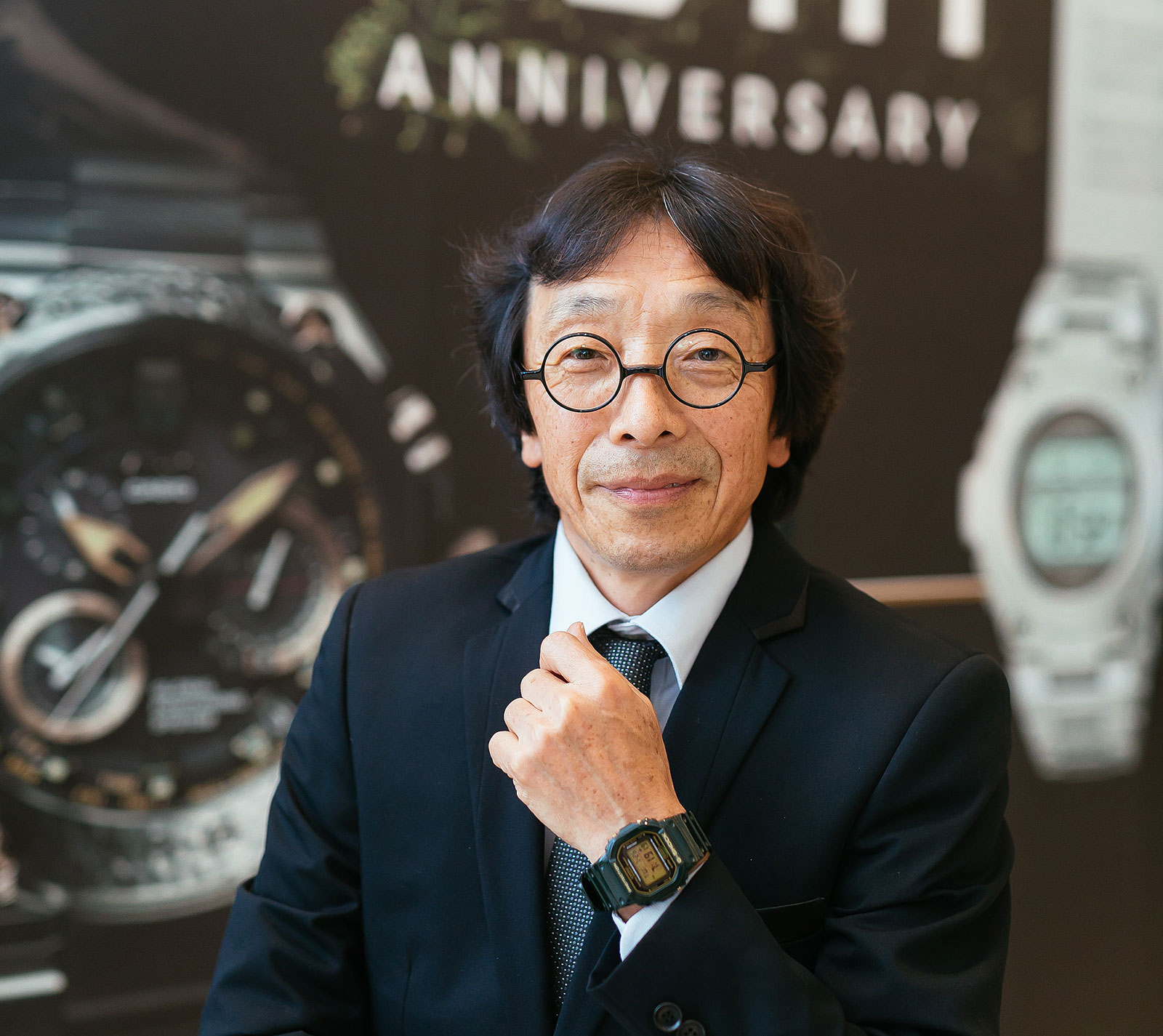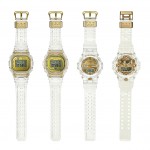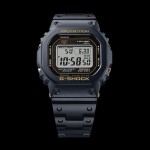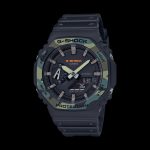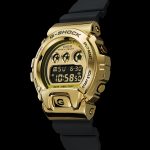A 40-year veteran of Casio, Kikuo Ibe is now its Research and Development Chief Engineer, but best known for being the inventor of the G-Shock. Short for “Gravitational Shock”, the G-Shock was conceived to meet the “triple-ten requirement”: water-resistant to 10 bar (or 100m), have a 10-year battery life, and survive a 10m drop.
Some 70m G-Shocks later – making it one of the best selling watches in history – Ibe was recently in Singapore to launch the US$6200 MR-G 20th Anniversary “Hammer Tone”. The engineer discussed his greatest hit, including its prosaic origins.
Interview has been edited and condensed.
The first G-Shock of 1983 was conceived for construction workers
I dropped my watch and it broke, which made me want to create something shockproof. At the same time, I was part of the development centre at Casio, and I saw many construction workers around the office. I saw they were using jackhammers and realised they were never wearing any watches. They could not wear watches because of the vibration, which was inconvenient for them.
A cult icon but it still passes the “triple-ten” test
When we develop new models, we don’t intend to make accessories. We have a very clear target persona for each type of G-Shock, so we think about what would be the most suitable for each target. Toughness is still the number one priority.
The second version of the G-Shock was mud resistant. I imagined that many of those construction workers would be working in muddy conditions. After that the G-Shock evolved, for divers with the G-Shock Frogman and professionals working in other special environments.
In 1983, we took the watches to the toilet and dropped them from the third floor. However, the difference is now we have many automated tests for the watches. The toughness is the same for all G-Shock watches since the beginning, because the watch was already the best in the beginning. However, now we add on the latest technologies like solar power, GPS function, sensors.
We always want to be at the cutting edge. But no matter what extra features we added, the toughness has to be the same. Sensors [for temperature, altitude, barometric pressure] tend to be weak, so when you put them in a watch, the question is how we can protect the sensor to make the whole watch tough. That is the most challenging part.
So far we haven’t thought of [a smartwatch G-Shock] yet. If we are confident we can bring something good, then maybe there’s a possibility to develop in the future.
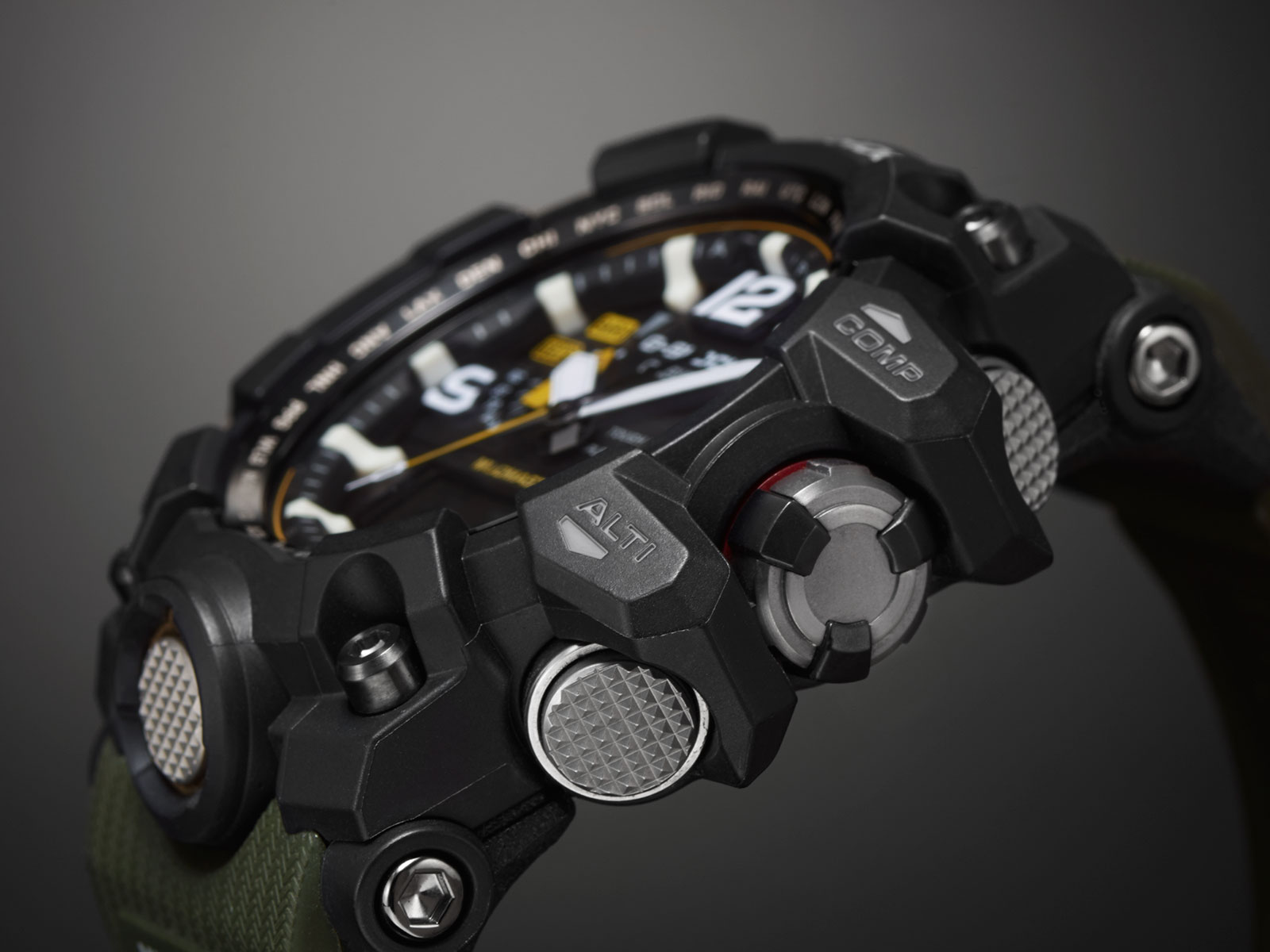
The mud-resistant case of the latest G-Shock Mudmaster
His all-time favourite watch
More than 2000 types of G-Shock models have been sold since 1983, but my favourite is the first model, the DW-5000. However, I cannot wear that as it has to be in the company museum. This one on my wrist]is the same design, the DW-5600.
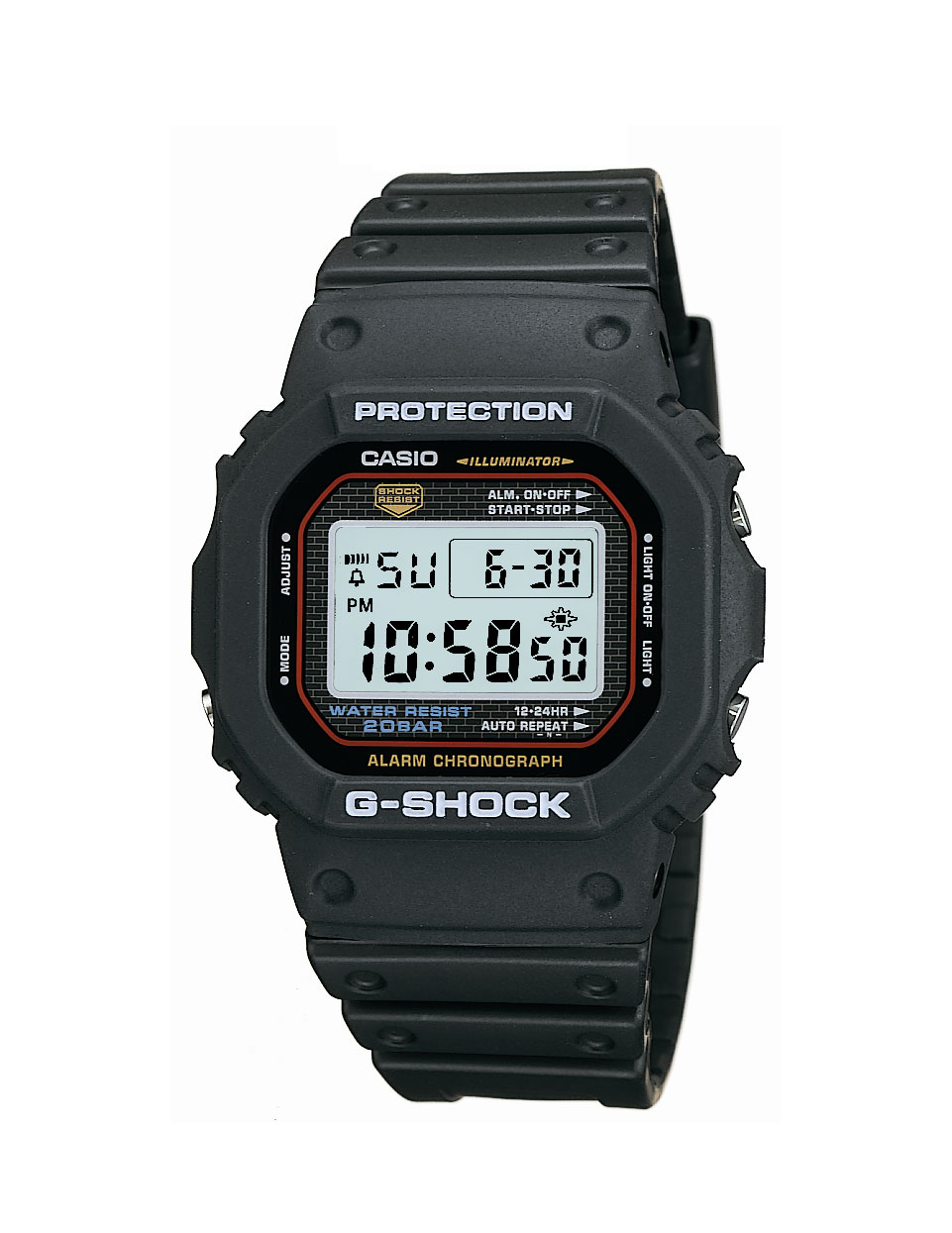
Casio G-Shock DW5000
Rubber is the ideal material for shock-resistant cases
The shock resistance of the [rubber and metal] is exactly the same but shock resistant metal cases are harder to develop, because rubber itself already acts as a shock absorber. When you press the rubber bezel, it gives a little bit to absorb the shock, acting as a bumper for protection, while metal is hard.
The metal used for G-Shock [MR-G] is stainless steel or titanium – normal metals – and forged from bars. The effort is put into developing shock resistant functions, rather than changing the materials.
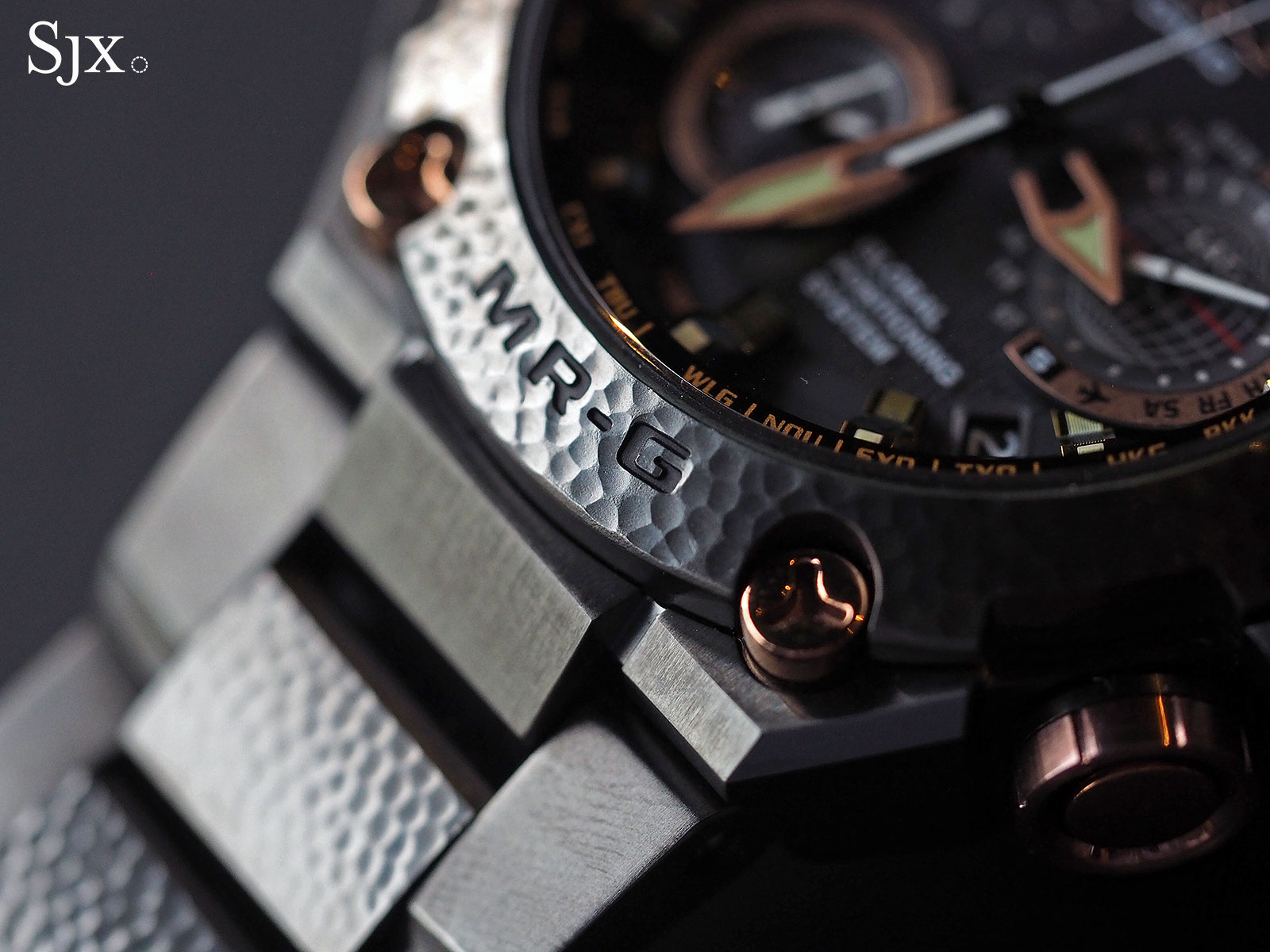
Detail of the top of the line G-Shock MR-G 20th Anniversary “Hammer Tone”
And a mechanical G-Shock?
Honestly speaking, I have never thought of making the G-Shock mechanical because first of all, it is very hard to develop technologies for mechanical watches. Secondly, electronics can be improved and made more useful and convenient for users.
Back to top.